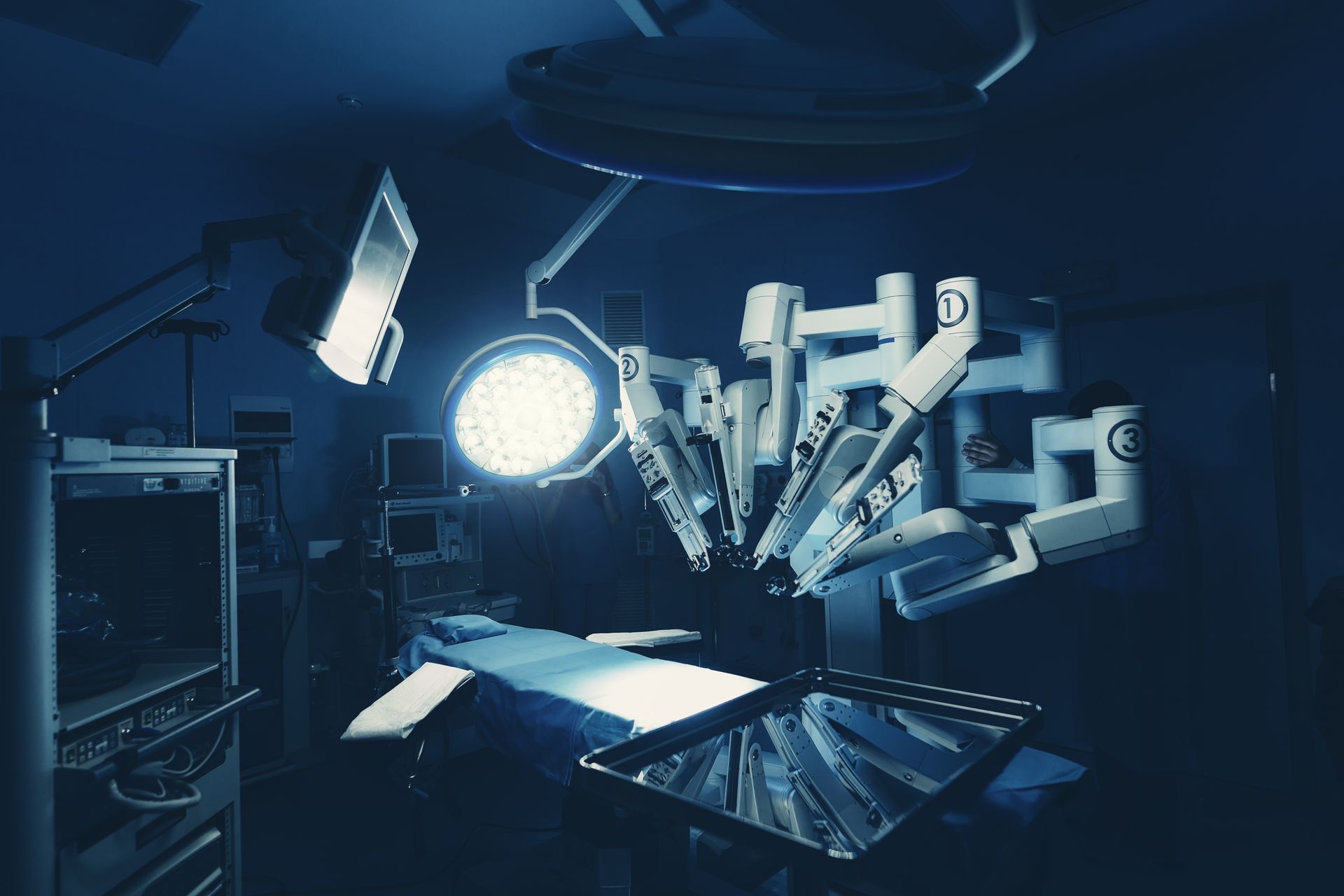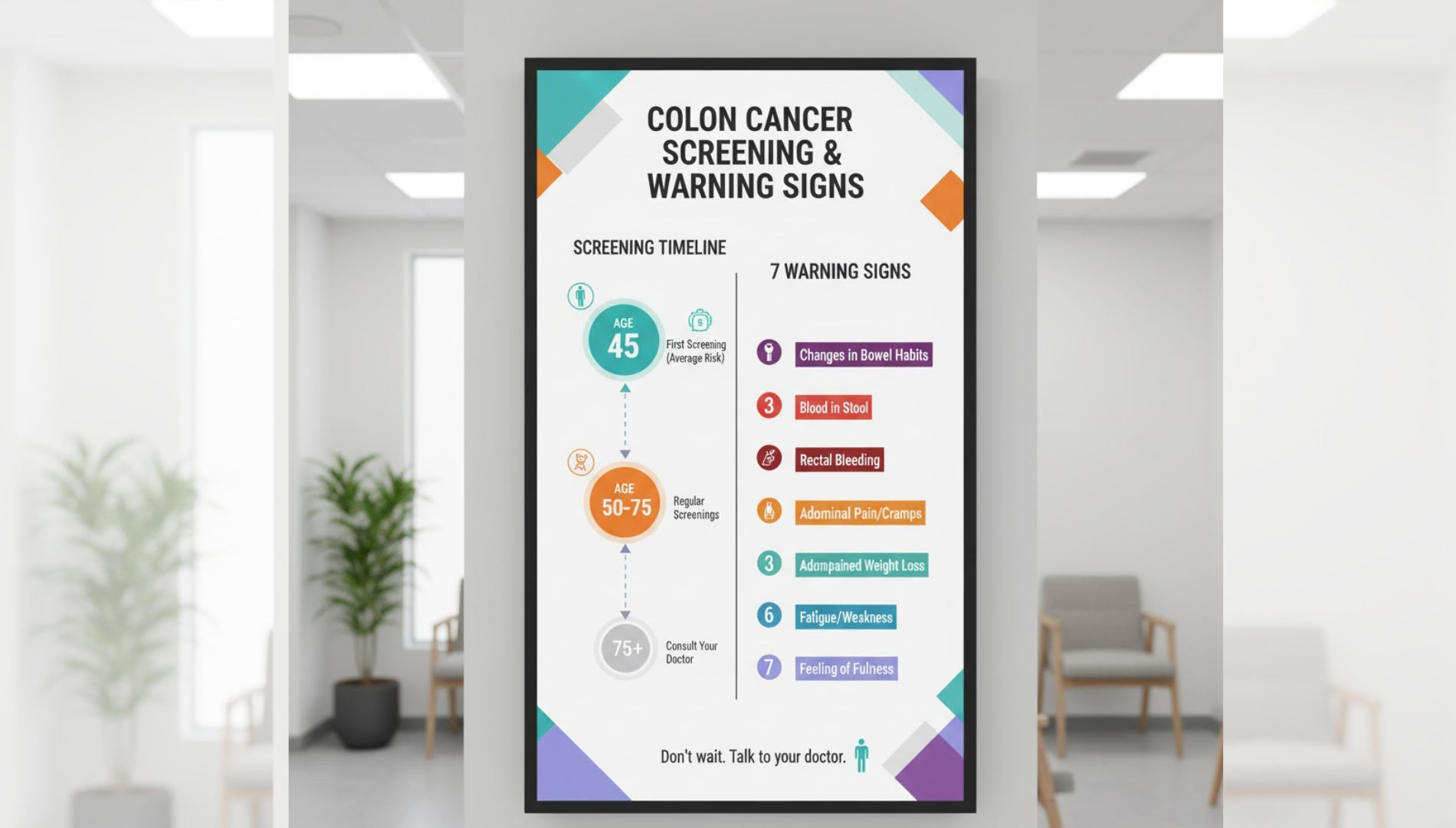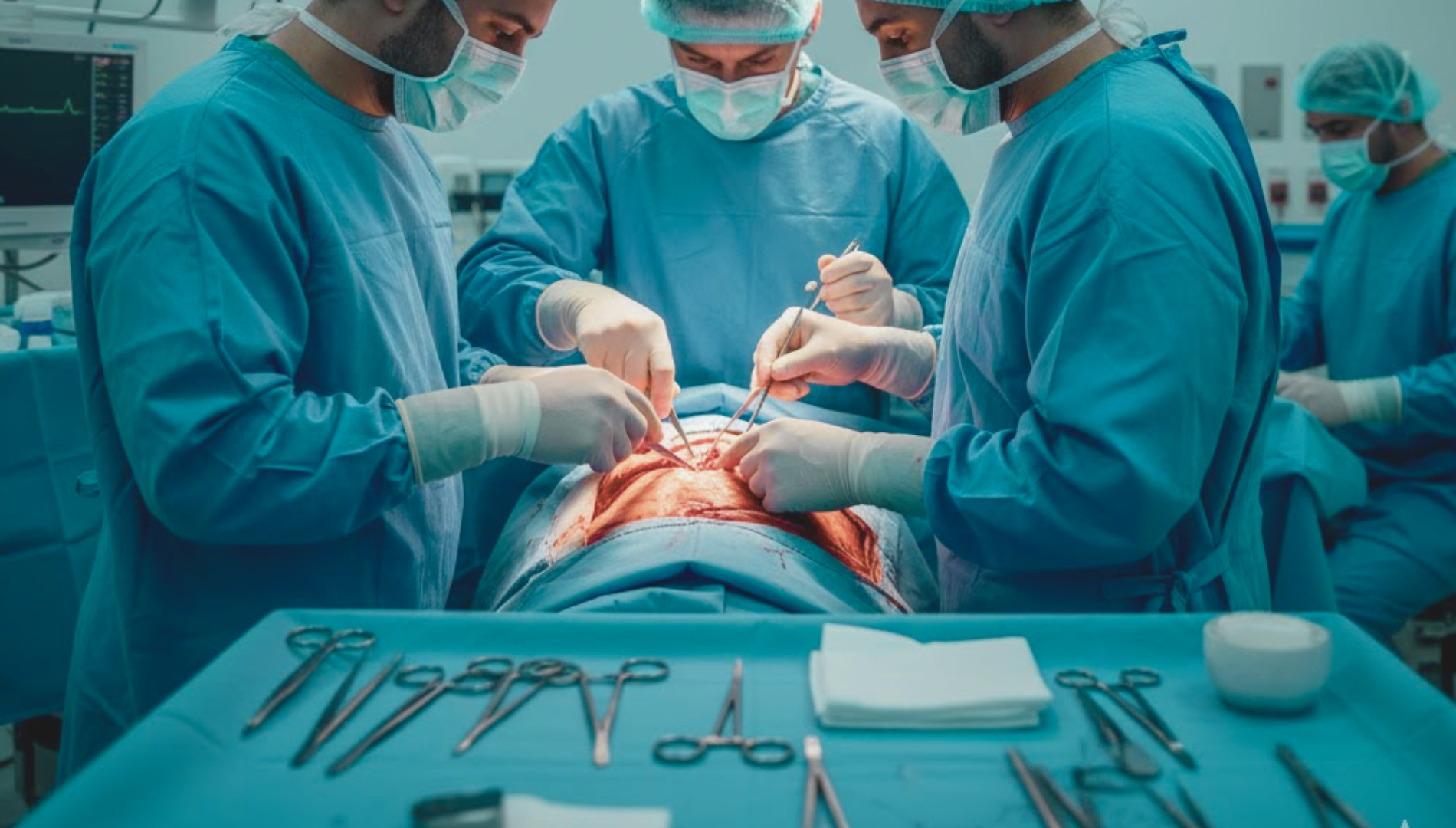Robotic Hernia Surgery: Recovery And What To Expect

Hernia surgery has seen significant advancements in recent years, and one of the most revolutionary changes is the introduction of robotic hernia surgery. Copper Mountain Surgical is at the forefront of this innovation, offering patients a minimally invasive option that improves outcomes, reduces recovery time, and minimizes discomfort.
In this blog, we’ll dive into what robotic hernia surgery entails, with a special focus on the recovery process. Understanding what to expect post-surgery can help patients feel more prepared, ensuring a smoother transition back to their daily lives.
What Is Robotic Hernia Surgery?
Robotic hernia surgery is a minimally invasive procedure where a surgeon uses a robotic system to repair a hernia. Instead of the traditional large incision, robotic surgery involves making several small incisions through which the surgeon operates. The robotic system provides the surgeon with enhanced precision, flexibility, and control, resulting in fewer complications and a faster recovery time.
At Copper Mountain Surgical, the robotic system used is the da Vinci Surgical System. This allows surgeons to have a 3D view of the operating site and perform delicate, complex hernia repairs with pinpoint accuracy. For patients, this means smaller scars, less post-operative pain, and a quicker return to normal activities.
The Benefits Of Robotic Hernia Surgery
Before discussing recovery, it’s important to understand why robotic hernia surgery has become the preferred option for many surgeons and patients:
- Minimally Invasive: Unlike traditional open surgery, robotic hernia surgery requires only small incisions. This significantly reduces trauma to the body.
- Shorter Hospital Stay: Many patients are able to go home the same day or after a short hospital stay.
- Less Pain: Due to the precision of the robotic system and smaller incisions, post-operative pain is typically reduced.
- Faster Recovery: Patients often experience a quicker recovery, allowing them to return to normal activities sooner.
- Lower Risk of Infection: Smaller incisions also mean a lower risk of post-surgical infections.
- Improved Cosmetic Outcome: Smaller incisions result in smaller, less noticeable scars.
What To Expect After Robotic Hernia Surgery
The recovery process from robotic hernia surgery varies depending on the individual and the complexity of the surgery. However, there are general guidelines patients can follow to ensure a smooth recovery. Copper Mountain Surgical provides detailed post-operative instructions tailored to each patient's specific case. Learn more on Robotic Hernia Surgery: A Game-Changer.
Immediate Post-Surgery Recovery
Once the robotic hernia surgery is complete, patients are moved to a recovery room where they are closely monitored as they wake up from anesthesia. Here are the key things that occur in the immediate post-surgery phase:
- Monitoring Vital Signs: Nurses will monitor vital signs, including heart rate, blood pressure, and oxygen levels.
- Managing Pain: Patients may experience mild discomfort or soreness near the incision sites. Pain management typically involves over-the-counter pain relievers like acetaminophen or ibuprofen. In some cases, stronger pain medication may be prescribed.
- Hydration and Nutrition: Patients are encouraged to drink water and eat light meals, gradually returning to a normal diet as tolerated.
- Discharge: Most patients undergoing robotic hernia surgery are discharged on the same day. However, if the surgery was complex or involved, an overnight hospital stay may be required.
First Week Of Recovery
During the first week after robotic hernia surgery, patients can expect some limitations but should start to feel better day by day.
- Rest and Mobility: It’s important to get plenty of rest while also engaging in light movement. Short walks can help promote circulation, which reduces the risk of blood clots. However, patients should avoid strenuous activities and heavy lifting for at least a few weeks.
- Incision Care: Patients will have small incisions, usually covered with surgical glue or small bandages. Keeping the incision sites clean and dry is essential. Copper Mountain Surgical provides patients with specific instructions for wound care, including when it is safe to shower and how to monitor for signs of infection (e.g., increased redness, swelling, or discharge).
- Pain Management: Any discomfort during the first week is usually mild and manageable with pain medication. Patients are encouraged to take pain relief as prescribed to stay comfortable and avoid unnecessary strain on the body.
- Follow-Up Appointment: Copper Mountain Surgical typically schedules a follow-up appointment within the first week to ensure the patient is healing well. During this visit, the surgeon may remove stitches or staples if necessary and check for any complications.
Weeks Two To Four: Gradual Return To Normal Activities
Around the second week of recovery, patients generally feel much better and can slowly begin resuming their normal activities. However, it’s important to listen to the body and avoid rushing the healing process.
- Increasing Mobility: Walking and light activities are encouraged. However, heavy lifting (anything over 10 pounds), strenuous exercise, and activities that involve bending or twisting the abdomen should still be avoided.
- Work and Daily Life: Many patients can return to work within 1-2 weeks, especially if their job involves light duties. For those with physically demanding jobs, a longer recovery period may be needed. Copper Mountain Surgical provides individualized recommendations based on the patient's occupation and surgery type.
- Wound Healing: By the end of week four, most of the external incisions should be fully healed. However, internal healing continues for several weeks to months, which is why it’s crucial not to engage in high-intensity activities prematurely.
Long-Term Recovery And Full Activity Resumption
By the four- to six-week mark, most patients can return to their normal routines with no restrictions. Here’s what patients can expect in the long-term recovery phase:
- Resuming Exercise: Light aerobic activities like walking and swimming can typically be resumed after the first few weeks. Weightlifting, running, or any activities that put pressure on the abdomen should only be resumed after receiving clearance from the surgeon. At Copper Mountain Surgical, patients are closely monitored and guided on when it is safe to fully return to their exercise routines.
- Scar Healing: Scars from robotic hernia surgery tend to be smaller and less noticeable over time. Copper Mountain Surgical often recommends scar creams or silicone sheets to help minimize scarring.
- Monitoring for Recurrence: While robotic hernia surgery has a low recurrence rate, it’s still important to monitor for any signs of hernia recurrence, such as swelling, pain, or bulging at the surgery site.
Tips For A Smooth Recovery
To ensure a smooth and speedy recovery after robotic hernia surgery, patients should follow these essential tips:
- Follow Post-Operative Instructions: Copper Mountain Surgical provides personalized recovery plans, including detailed instructions on medications, activity restrictions, and wound care.
- Stay Active, But Don’t Overdo It: Walking helps prevent complications like blood clots and promotes healing, but avoid heavy lifting and strenuous exercise until cleared by the surgeon.
- Eat a Balanced Diet: Proper nutrition supports healing. Patients should focus on a diet rich in lean proteins, fruits, vegetables, and whole grains. Staying hydrated is also important for recovery.
- Listen to Your Body: Each patient heals at their own pace, so it’s important to listen to your body. If something doesn’t feel right, or if pain worsens instead of improving, contact Copper Mountain Surgical for guidance.
Conclusion
Robotic hernia surgery offers patients a cutting-edge solution with numerous benefits, especially when it comes to recovery. With smaller incisions, less pain, and a quicker return to normal life, robotic surgery is a game-changer. At Copper Mountain Surgical, we pride ourselves on providing the highest level of care, ensuring that patients not only experience successful surgery but also smooth recoveries.
If you’re considering robotic hernia surgery or have questions about the recovery process, Copper Mountain Surgical is here to help every step of the way.
Contact our team today!




